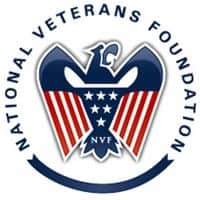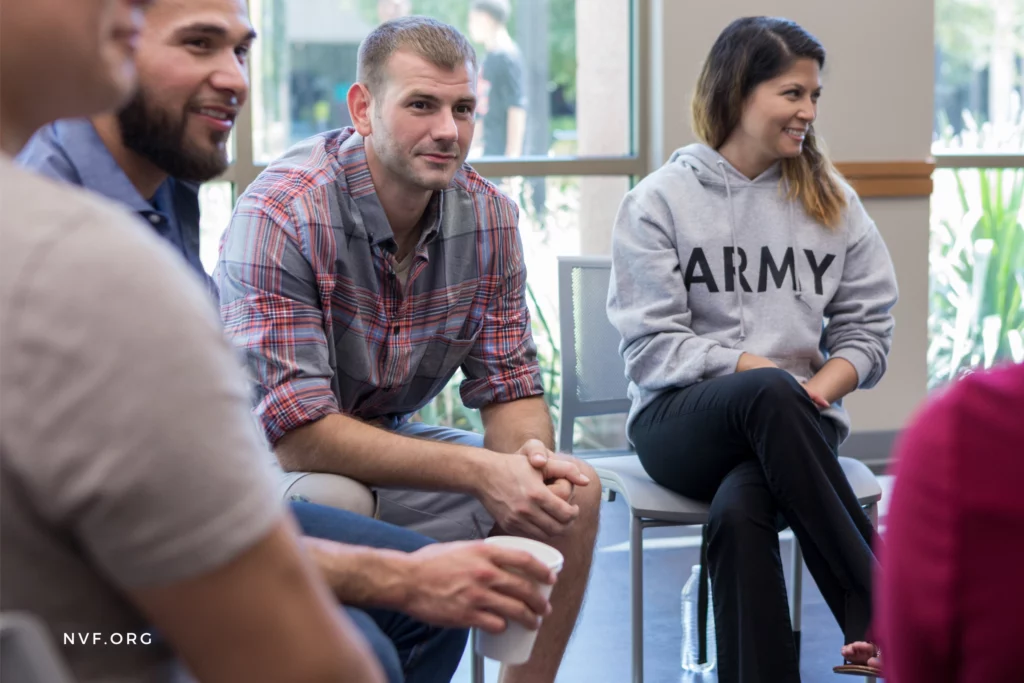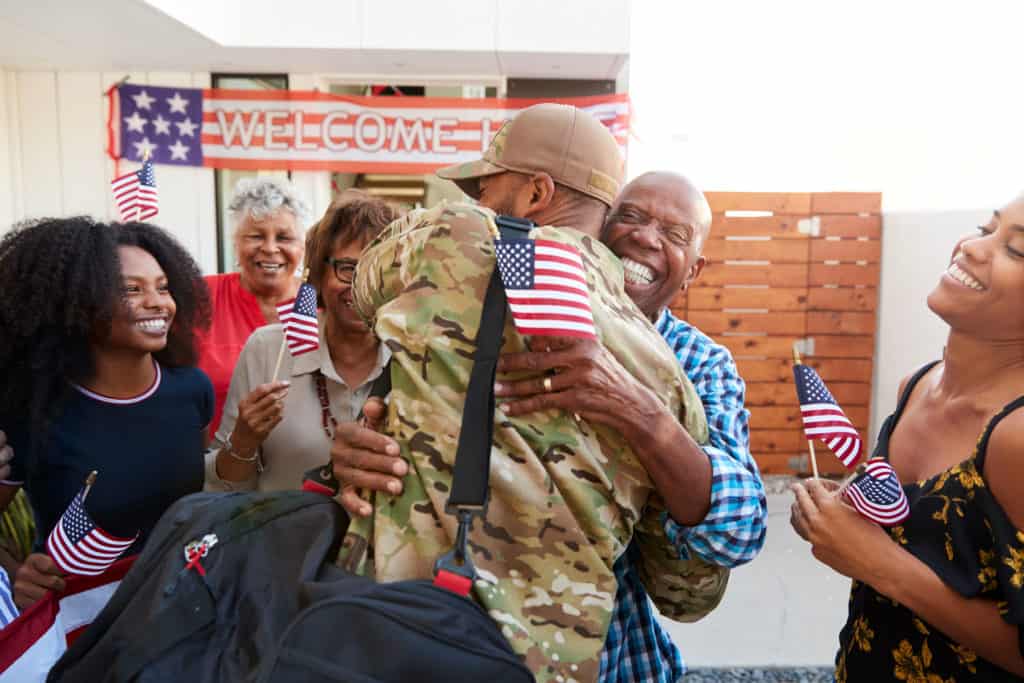Almost a Statistic: A Woman Vet Looks to the VA for Treatment
When he found his wife in their house, she asked for his forgiveness. She’d taken 50 pills in an attempted suicide. Pure chance that he found her so soon after she’d swallowed those pills. They would have killed her if they’d had time to metabolize.
Both husband and wife are Navy veterans. He called 911 immediately. The responding medics rushed her to the ER at the nearest VA Hospital. Pumping her stomach saved her life. That, and his quick action. She was admitted to the VA Hospital.
This wasn’t her first attempt. Suffering from PTS (Post-Traumatic Stress) and MST (Military Sexual Trauma) she had a history of attempted suicide. Yet only five days after this attempt with pills, the VA planned to discharge her. She’s in her 20’s. She and her husband have two young daughters.
Earlier, she’d heard about the Integrated Recovery Foundation and Dr. Ron Gellis, the program’s founder and director. Integrated Recovery is a free 90-day residency program for women who have experienced MST. It’s scheduled to open in early 2018. But when this emergency arose, she asked her husband to reach out to Gellis, a former Navy psychologist. Gellis is known to the NVF through the Los Angeles Veterans Collaborative.
Gellis emailed her doctor, sharing what he’d posted on Facebook about the situation, and then he called the VA psychiatrist treating her. They spoke about establishing a plan to get her transitioned to a long-term inpatient treatment program to provide the necessary long-term care she needed. The psychiatrist said he would get the referral over to the VA’s Veterans Choice Program for authorization of treatment as part of her discharge plan from the VA and the continuum of care.
Five days later, and coincidentally, the day of her discharge from hospital, the referral had not been made. This is where the VA consistently drops the ball. Her transition into the next step should have been seamless given the acuity of her history and this most recent suicide attempt. One can’t help but wonder if this type of sloppiness contributes to the 20 veteran suicides a day.
Gellis stayed in touch with her daily to make sure she was stable. He also left a number of messages to her doctor, thinking that he might be more likely to respond to another doctor. There was no return call.
After a week of not receiving approval or an alternative follow-up treatment, Gellis called the VA White House Hotline. The very next day a regional medical director called to refer her to a VA MST treatment program in Florida. Two weeks went by before she had a follow up appointment with a social worker who told her there was a four-month wait for that VA MST program. She was readmitted to the VA hospital as being a danger to herself. Do the math. Five days in hospital, a week of waiting to hear something, then 14 days before she sees the social worker. This is about 26 days, certainly over three weeks after her suicide attempt. And what happens?
She’s readmitted because she’s deemed a danger to herself.
It’s impossible to imagine how an individual with multiple hospitalizations for suicide attempts can be discharged without a seamless discharge plan and without any daily wellness calls. Would this have happened in the private sector? Maybe. Would there have been any recourse. Certainly.
The Feres Doctrine, a Supreme Court decision in 1950, stipulates that active duty military may not sue the United States government for injuries arising during service in the military. In effect, this removes some accountability. We see this in how difficult it was, still is, to bring to justice MST offenders. Has this same lapse in accountability seeped into the VA culture?
This Navy veteran’s diagnoses of PTSD and MST are both service-related. But what can she do except wait for treatment? And isn’t that precisely what led to her series of suicide attempts? That at no point was a full treatment plan implemented?
Where does this fall at the VA? Good question. The best answer seems to be nowhere. This is not to say that there are no dedicated physicians, nurses, and managers in the system. But not until individuals and the government can be held accountable will the level of care be improved at a systemic and individual level.
The suicide rate for veterans, and for women veterans in particular, is higher than in the general population. Here at the NVF, the crisis calls come into us on our Lifeline for Vets at all hours.
You know the statistic. 20 to 22 veteran suicides per day. This young woman’s family is lucky they did not lose her to this statistic. We can’t take these kinds of chances with veterans who have put themselves in harm’s way for us.
So let’s stop.
If you know a veteran who needs help, here’s the number for our Lifeline for Vets: 888.777.4443.
You can be a part of our mission to help Veterans by making a tax-deductible donation!
About the Author
SUBSCRIBE TO OUR BLOG AND NEWS!
By submitting this form, you are granting: NATIONAL VETERANS FOUNDATION INC permission to email you. You may unsubscribe via the link found at the bottom of every email. (See our Email Privacy Policy for details.)
Related Posts





